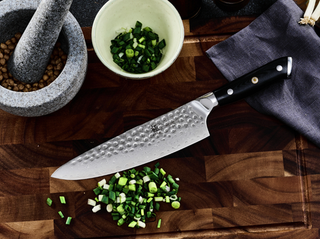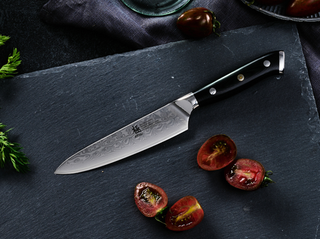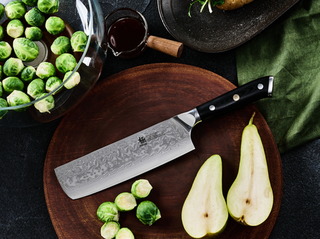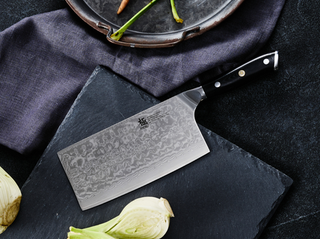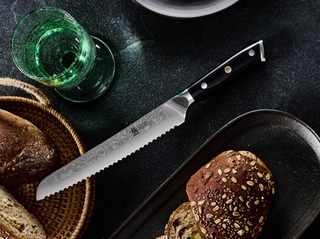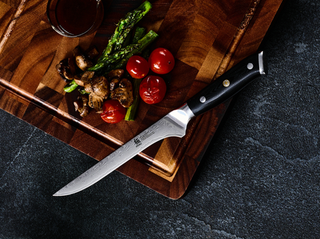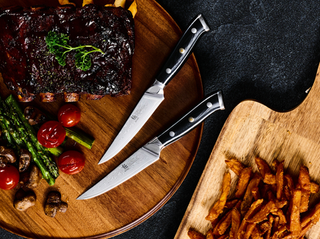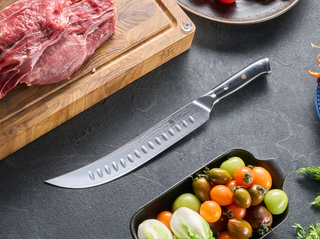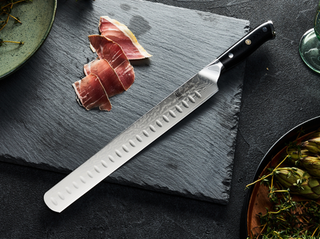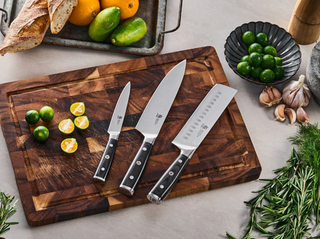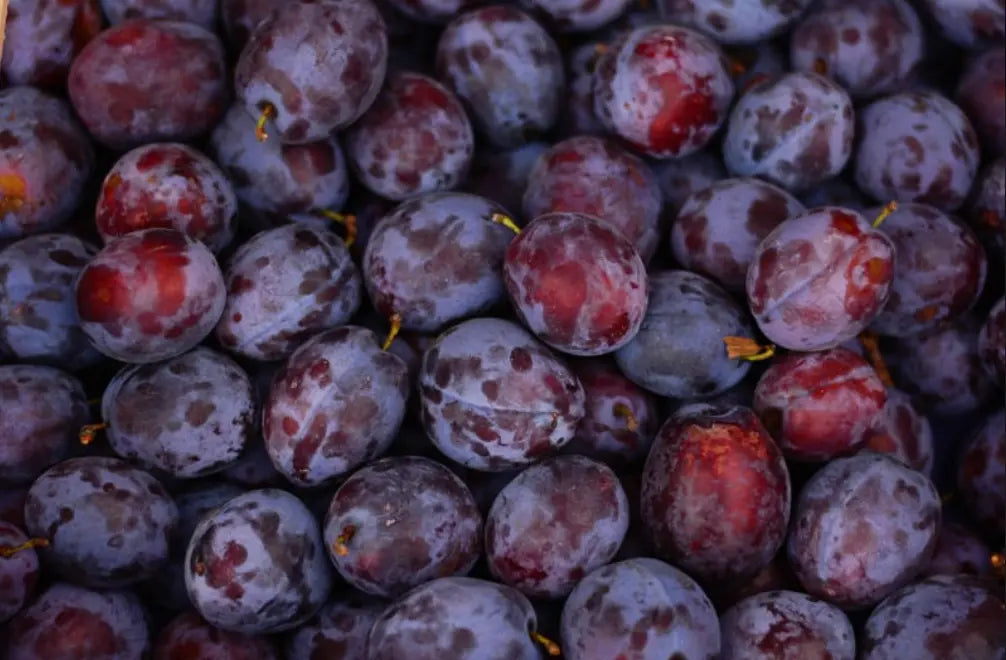There are some questions that, at first, might sound weird or silly. We take so many things for granted and consider them to be obvious that we never question them. For example, how to eat a plum? Yes, this question might sound ridiculous if you have been eating plums your whole life. However, imagine someone who has never eaten this fruit - yes, such persons exist.
They might feel apprehensive when it comes to trying plums. How do they taste? Should they be peeled? Do they have a large and hard seed pit or multiple tiny seeds? Also, what are the benefits of eating plums? This article answers all these and several other questions, so keep reading to learn more!

Why You Should Eat Plums?
First, let’s start with the health benefits of eating plums. If you have digestive issues, especially if it is constipation, plums are the best natural remedy. They are full of fiber, which is an essential macronutrient that gives bulk to our stool while also making it softer and easier to pass through our bowels.
Unregular bowel movements and constipation can quickly make you feel bloated and cause serious health issues. Don’t let that happen to you; incorporate plums into your daily diet. apart from high fiber content, plums are also packed with antioxidants, vitamin K, and potassium. As such, they reduce the risks of serious and chronic illnesses and improve your bone health.
What Do Plums Taste Like - Different Types of Plums
When thinking about plums, most people imagine blue oval-shaped fruits. That is the common blue plum, one of the most common plum varieties. However, plums are more versatile than you might think, as they come in many sizes, colors, and varieties.
Some of the most popular plum varieties are:
- A black plum - It has a purple, almost black skin, a lot of juicy “flesh” and a sweet, slightly tart flavor
- A red plum - Similar to black plums when it comes to flavor, red plum is a bit juicer, and, as its name suggests, it has a red skin
- European/common blue plum - Slightly smaller than black and red plums, this variety is famous for its honey-like sweetness
- A Mirabelle plum - Yellow, small, and round variety, extremely sweet
These are only some of the varieties you should try. It doesn’t matter if you like red plums vs black plums, or if you want to try something completely different, there must be a plum variety that’s perfect for you.

How To Eat A Plum?
So, you have just purchased a pack of plums - it’s time to eat them. There is not much philosophy there. Simply follow these steps:
- Wash each plum thoroughly
- Pat the washed plums with a paper towel
- Bite into the plum, but don’t forget that it has a hard pit in the middle, similar to apricots
Of course, it would be perfectly fine if you’d rather slice the plums and eat them that way. Additionally, some plum varieties have pits that are hard to separate from the fruit’s flesh. Using a knife to remove the pits is much easier (and less messy) than using your teeth.
To do that, you will need a suitable knife. Try to find a small yet sharp knife that will allow you to cut the plum with precision. Your best choice is a paring knife, as its main purpose is to peel, slice fruits, and remove their seeds.
If you don’t have a paring knife, why don’t you get one today? It is a one-time purchase that could be useful for many years to come. Take a look at these paring knives:
1. 4.5" PARING KNIFE| DAIMYO SERIES
If simplicity is your middle name, then this 4.5-inch paring knife is perfect for you. However, don’t let the simple design fool you: this knife is made of vacuum-heated Japanese stainless steel, which means you won’t need to buy another paring knife for many years, if ever. It is easy to use and even easier to clean, and it comes with its own sheath and case.
2. BREAD PARING KNIFE SETS
How good are your other knives? Buying a paring knife is a great opportunity to look for some other knives as well. For instance, take a look at this bread + paring knife set. Many people use random knives to cut bread, which is a huge mistake. Don’t be one of them; get yourself high-quality knives that will cut with ease and stay in top condition even after years of use.
How To Store Plums?
Unless you only buy a few plums, you will probably have several left after you finish eating them. So, you will need to store them properly to keep them fresh. It is perfectly fine to store your plums at room temperature if they aren’t fully ripe yet. However, if they are, they will soon go bad, which you want to avoid.
Instead, place them in the crisper drawer of your refrigerator. This will keep them at perfect temperature and humidity. Also, store your prunes away from apples and bananas, as these fruits release ethylene gas, which speeds up the ripening process.
Finally, try to eat your plums as soon as possible or look into some long-term storage methods. For example, you can slice your plums, remove their pits, and store them in your freezer for up to six months. You can also look up some canning and preserving methods and try them on your plums.

Ideas For Incorporating Plums Into Your Diet
Learning how to eat plum is only the first step. You don’t have to eat them alone - as a matter of fact, plums are great in many dishes:
- Fruit salads
- Vegetable salads
- Desserts such as crumbles, pies, and tarts
- Smoothies
- Meat recipes
Plum’s versatility might surprise you, but if you are open to experimenting with them, you might find your new perfect dish!
Conclusion
Now that you know how to eat a plum and why they are so good for you, you have no more excuse not to eat them. They are tasty, healthy, versatile, and rather affordable, which are all good reasons to put plums on your grocery shopping list. And, if you want to slice and peel fruits with more ease, don’t forget to visit Kyoku Knives!
